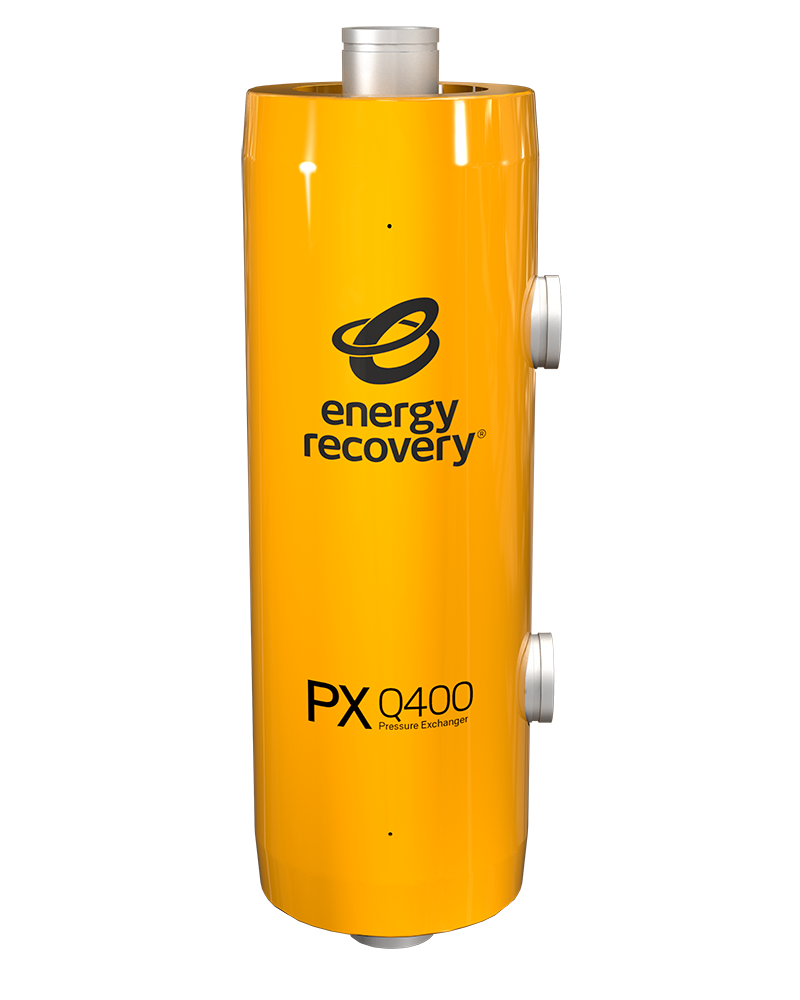Availability and reliability of energy recovery devices (ERDs) are key drivers of efficiency and cost in reverse osmosis (RO) desalination systems. Energy Recovery’s PX® Pressure Exchanger® (PX) is designed to support high uptime and low operational disruption, which can significantly affect long-term plant economics.
Design Focused on Durability and Low Maintenance
The PX uses a single moving part and high-purity alumina ceramic construction to reduce wear and eliminate the need for routine maintenance. Its hydraulic design minimizes stress and noise, contributing to a 30-year design life under typical seawater RO conditions. In contrast, some competing ERDs require more frequent service, include multiple moving parts, or lack international safety-standard-compliant housings.
Operational and Financial Impact
Modeling for a 100,000 m³/day plant shows that higher availability and energy efficiency can result in cost savings over time. Compared to motorized or other isobaric ERDs, the PX shows net present value (NPV) savings of up to $6.2 million over the plant’s life. Redundancy built into PX arrays also enables continued operation during maintenance, unlike some devices that can cause full shutdowns if a single unit fails.
Summary
Device availability plays a central role in minimizing unplanned downtime and managing lifecycle costs in RO desalination. Selecting an ERD with a strong track record of reliability and low maintenance requirements can offer measurable benefits in both operational continuity and financial performance.
To find out more, read the full whitepaper at the link below.
